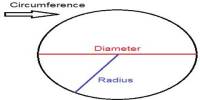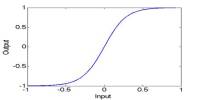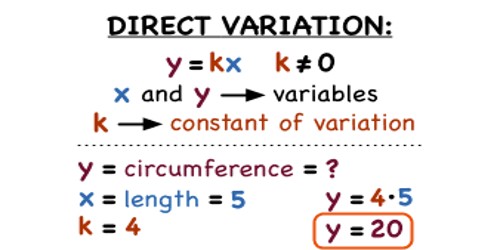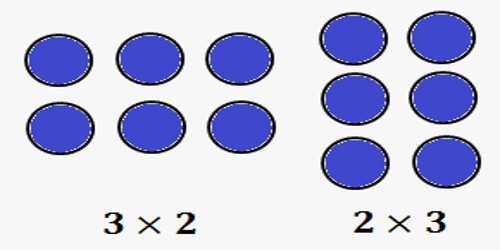Ratios are used to compare values. In mathematics, a ratio is a relationship between two numbers indicating how many times the first number contains the second. The ratio of two like quantities a and b is the fraction a/b, which indicates how many times b is the quantity a. In other words, their ratio indicates their relative sizes.
Example: Suppose three men receive their share of profit as 4000, 3000 and 1000. Find the ratio between their profits.
Solution:
The ratio of their share (profits) is
4000 : 3000 : 1000
= 4 : 3 : 1 (divided by 1000)
Types of Ratios
1. Compounded ratio: For two or more ratios, if we take antecedent as product of antecedents of the ratios and consequent as product of consequents of the ratios, then the ratio thus formed is called mixed or compound ratio. As, compound ratio of m : n and p : q is mp : nq.
In other words,
When two or more ratios are multiplies termwise; the ratio thus obtained is called compound ratio.
For example:
The compounded ratio of the two ratios a : b and c : d is the ratio ac : bd, and that of a : b, c : d and e : f is the ratio ace : bdf.
For ratios m : n and p : q; the compound ratio is (m × p) : (n × q).
For ratio m : n, p : q and r : s; the compound ratio is (m × p × r) : (n × q × s).
2. Duplicate ratio: Duplicate ratio is the ratio of two equal ratios.
For example:
The duplicate ratio of the ratio x : y is the ratio x2 : y2.
In other words,
The duplicate ratio of the ratio m : n = Compound ratio of m : n and m : n
= (m × m) : (n × n)
= m2 : n2
Therefore, the duplicate ratio of 4 : 7 = 42 : 72 = 16 : 49
3. Triplicate ratio: The triplicate ratio is the compound ratio of three equal ratios.
The triplicate ratio of the ratio a : b is the ratio a3 : b3.
In other words,
The triplicate ratio of the ratio m : n = Compound ratio of m : n, m : n and m : n
= (m × m × m) : (n × n × n)
= m3 : n3
Therefore, the triplicate ratio of 4 : 7 = 43 : 73 = 64 : 343.
3. Subduplicate ratio: The subduplicate ratio m : n is the ratio √m : √n. So, the subduplicate ratio of the ratio m2 : n2 is the ratio m : n.
For example:
The subduplicate ratio of 25 : 81 = √25 : √81 = 5 : 9.
5. Subtriplicate ratio: The subtriplicate ratio m : n is the ratio √m : √n. So, the subduplicate ratio of the ratio 3√m : 3√n is the ratio m : n.
For example:
The subtriplicate ratio of 125 : 729 = 3√125 : 3√729 = 5 : 9
6. Reciprocal ratio: The reciprocal ratio of the ratio m : n (m ≠ 0, n ≠ 0) is the ratio 1m1m : 1n1n.
For any ratio x : y, where x, y ≠ 0, its reciprocal ratio = 1/x : 1/y = y : x
Similarly, we can say if the antecedent and consequent of a ratio be interchanged, the changed ratio is called the inverse ratio of the previous ratio.
For example:
Reciprocal ratio of 7 : 13 = 1/7 : 1/13 = 13 : 7.
5 : 7 is the inverse ratio of 7 : 5
7. Ratio of equalities: For a ratio, if the antecedent and consequent are equal, the ratio is called ratio of equality.
For example: 5 : 5 is the ratio of equalities.
8. Ratio of inequalities: For a ratio, if the antecedent and consequent are unequal, the ratio is called ratio of inequality.
For example: 5 : 7 is the ratio of inequalities.
9. Ratio of lesser inequalities: For a ratio, if antecedent is less than the consequent, the ratio is called the ratio of lesser inequality.
For example: 7 : 9 is a ratio of lesser inequalities.
10. Ratio of greater inequalities: For a ratio, if antecedent is greater than the consequent, the ratio is called the ratio of greater inequality.
For example: 13 : 10 is a ratio of greater inequalities.
Information Source:
















